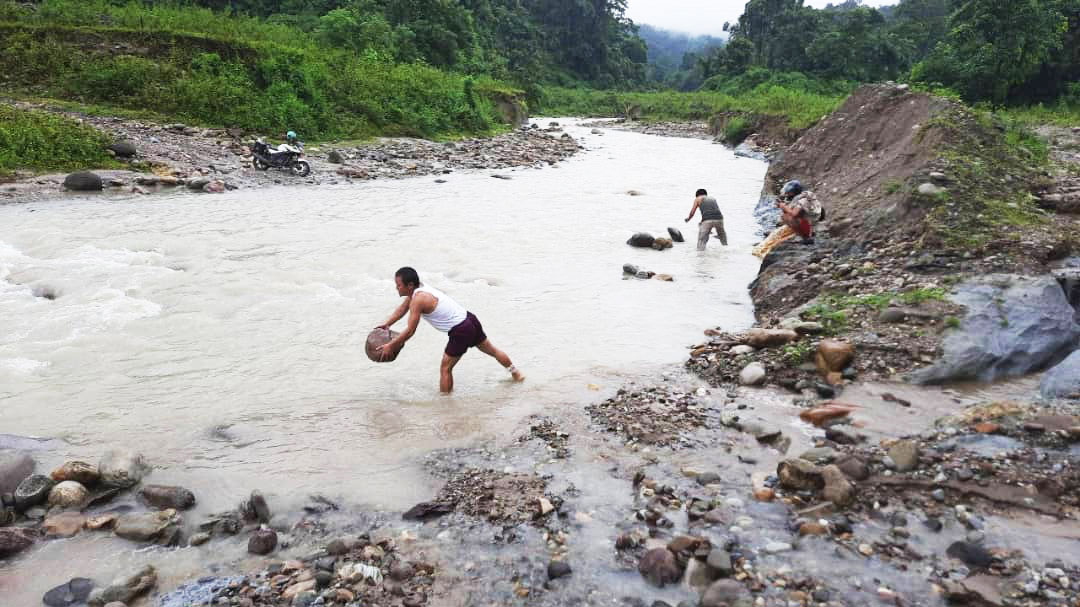Choki Wangmo | Dagana
Dagana dzongkhag tshogdu (DT) members unanimously agreed to forward the issues in the delay of Dalbari-Lhamoidzingkha secondary national highway construction to the works and human settlement ministry for interventions.
In the recent DT, Karmaling Gup Gyan Bahadhur Subba said that although the issue had been raised for the past 15 years, there were no actions from the authorities concerned until now.
DT members said that the issue had been dominating every session without any concrete resolutions. “The authorities have to look into the issue.”
According to an official from the Department of Roads (DoR), in 2018, the department was prepared to carry out road extension, resurfacing, and blacktopping works but with talks about the Sunkosh project, plans had to be cancelled.
“Since the Sunkosh project falls in between the highway, the project is supposed to carry out the blacktopping and road extension works, including the construction of bridges,” he said.
However, he said that as per the plan, the dam site falls near the highway, where a dam backflow would damage the road. “Risk assessment and research are yet to be carried out.”
Without a proper road, Gup Gyan Bahadhur Subba said that people had been deprived of basic facilities such as health care services.
“The situation worsens during monsoon when all the four streams along the 15-km stretch between Lhamoidzingkha and Labrang washes away the temporary bridges,” he said.
He said that the gewog has proposed highway extension and blacktopping works in the 11th Plan which was then pushed to the current Plan. “We were told that all components of highway construction would be taken care of once the Sunkosh project starts.”
With the fate of the project still undecided, residents claim that waiting for the project cost them heavily, as development activities in the three gewogs of Lhamoidzingkha drungkhag have been deferred while waiting for the power project.
“If the Dalbari-Lhamoidzingkha highway is properly maintained, it would help people of 11 gewogs,” the gup said.
Residents also said that it was challenging to reach the drungkhag when they had official works. “Since its construction in 1972, the first road extension work was carried out only in 2016, after four decades,” said a resident.
Without alternate routes, people remain cut off during monsoon. There are 337 households in the gewog.
A resident, Narat Chhetri said that while making a journey on the highway, they have to wait at least three hours to get through the roadblocks, even during emergencies.
Recently, due to the pandemic, he said that many people from the towns have returned to the villages to carry out commercial farming, but with challenges in road connectivity, marketing remains a major issue. “Since we cannot travel to Dagana, our mulching plastic for winter chillies are still at the dzongkhag. We are planning to transship soon.”
Before the monsoon, residents said that people have to stock up food to reduce the risks of food scarcity. “With long monsoon season this year, we have been gravely affected.”
Recognising the risk of flooding in monsoon, the official said that the DoR has kept two excavators in Lhamoidzingkha to clear the roadblocks.
Edited by Jigme Wangchuk


